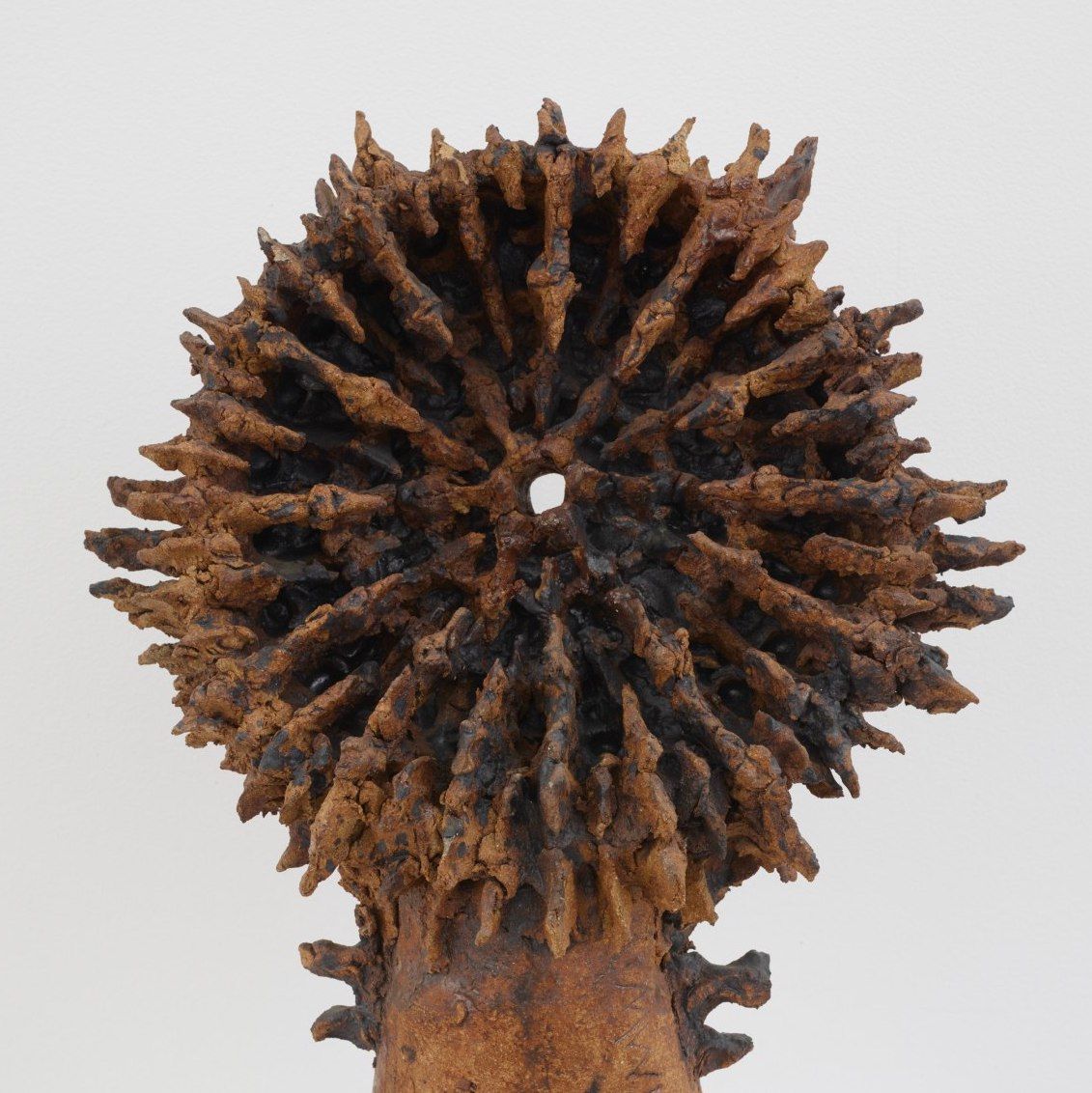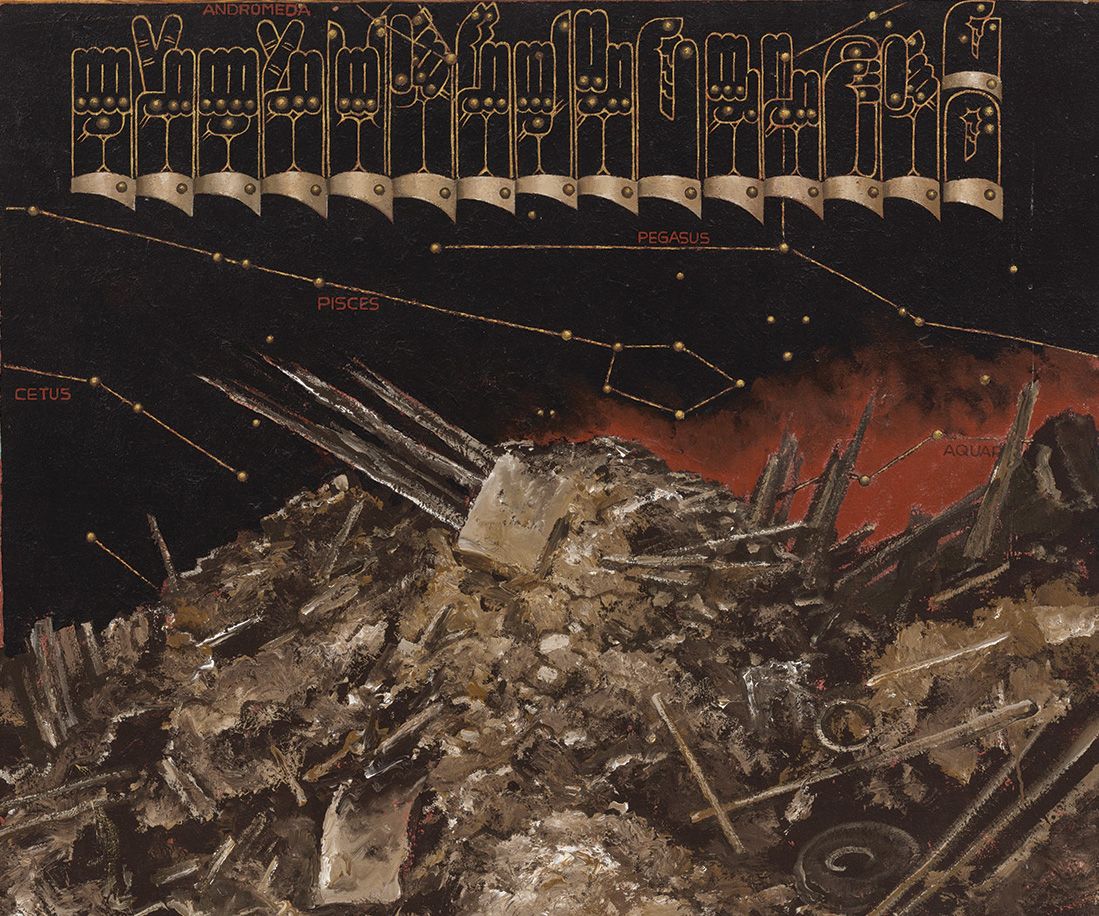
DOCENT PICK
Antonia Kuo
17/06/2024
Docent is pleased to announce the new institutional exhibition of artist Antonia Kuo at the Frye Museum.
Entitled Twilight Child, the exhibition brings together the work of Antonia Kuo (born 1987, New York) and Martin Wong (born 1946, Portland, Oregon; died 1999, San Francisco), two queer, diasporic Chinese artists born more than forty years apart.
Developed in close collaboration with Kuo, Twilight Child features Wong’s rarely exhibited biomorphic clay sculptures from the 1960s and ’70s alongside selected paintings and archival materials from throughout his career.
The exhibition will be on view until September 15, 2024.
Frye Art Museum
704 Terry Ave, WA 98104
Seattle, United States
Entitled Twilight Child, the exhibition brings together the work of Antonia Kuo (born 1987, New York) and Martin Wong (born 1946, Portland, Oregon; died 1999, San Francisco), two queer, diasporic Chinese artists born more than forty years apart.
Developed in close collaboration with Kuo, Twilight Child features Wong’s rarely exhibited biomorphic clay sculptures from the 1960s and ’70s alongside selected paintings and archival materials from throughout his career.
The exhibition will be on view until September 15, 2024.
Frye Art Museum
704 Terry Ave, WA 98104
Seattle, United States
A tale of alchemy

Kuo contributes recent photochemical paintings—including a new work created in response to Wong’s poetry—and sculptural objects made at her family’s Seattle-area industrial metal casting company.
Fantasy through collage and photography

In their works, both artists combine the influences of their Chinese heritage with their contemporary American realities and elements of fantasy. They each incorporate photography in unconventional ways, to stylistically divergent but conceptually related ends. Wong collaged photographs to compose his trompe l’oeil New York nightscapes of the 1980s, adding constellations and ASL fingerspelling to create dense compositions filled with coded languages. Kuo likewise achieves a densely patterned, shallow depth of field by superimposing photographs, masking, and painting gesturally with reactive chemicals on light-sensitive paper. Through their respective techniques, the artists underscore processes of translation and confound “straight” legibility.
Dualities
The layering and hybridity present in these works suggest the pluralism of multicultural experience as well as a desire to integrate dualities such as chaos and control. For Kuo, this approach reflects a simultaneous interest in and ambivalence toward expressing cultural identity, “a confusion that can be productive to mine, an element of self that is both familiar and distant.”